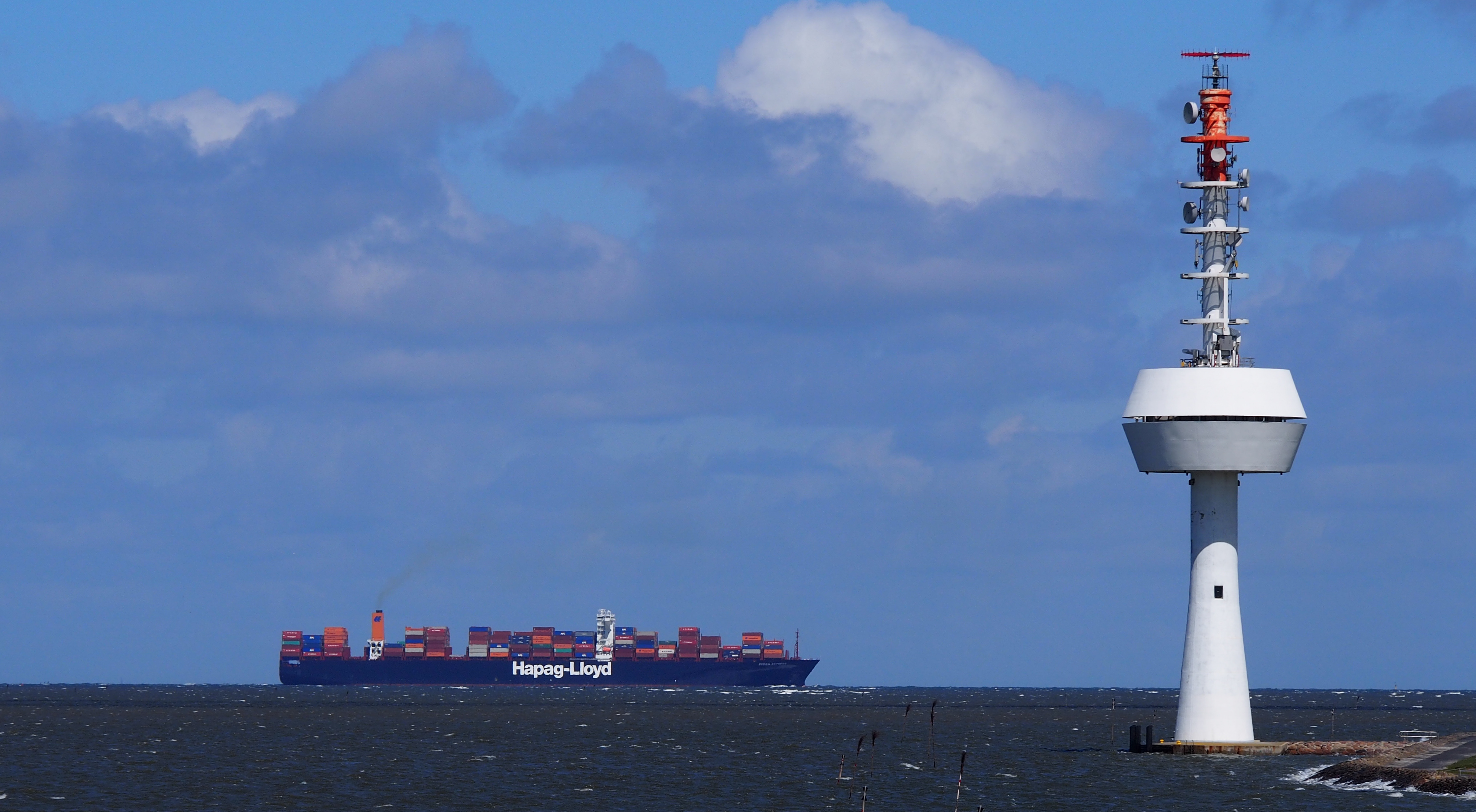The project mesmart (Measurements of shipping emissions in the marine troposphere) has been established as a cooperation between the University of Bremen and the German Bundesamt für Seeschifffahrt und Hydrographie (Federal Maritime and Hydrographic Agency) to estimate the influence of ship emissions on the chemistry of the atmospheric boundary layer. It aims to monitor background concentration as well as elevated signals of gases and particles related to ship emissions with various methods to cover a wide range of relevant pollutants and their spatial and seasonal distribution. SO2, NO2, NO, CO2, and O3 are measured with in-situ techniques, SO2 and NO2 as well by remote sensing applying the DOAS-technique from ground, ship and airplanes. The data will be compared with satellite measurements and passive sampling in order to find a method to observe the long-term effect of regulations like SECA. High volume filter samples are taken and analysed especially for sulphate, nitrate, organics and elemental composition to investigate possible sources, sinks, and conversion of ship emission derived compounds. Modeling of the chemical and physical processes on the basis of measured data is used to improve our understanding of the impact of ship emissions on the marine troposphere and coastal areas.
Publication of André Seyler et al.: Monitoring shipping emissions in the German Bight using MAX-DOAS measurements, Atmos. Chem. Phys., 17, 10997-11023, https://doi.org/10.5194/acp-17-10997-2017, 2017.
Publication of Lisa Kattner et al.: Monitoring compliance with sulfur content regulations of shipping fuel by in situ measurements of ship emissions, Atmos. Chem. Phys., 15, 10087-10092, doi:10.5194/acp-15-10087-2015, 2015.
Two project presentations during the European Geosciences Union General Assembly 2014 which took place in Vienna from April 12 to 17, 2015, see here
Master thesis by André Seyler on "Retrieval of shipping emissions from MAX-DOAS measurements", submitted on May 16, 2014
 Container ship close to Neuwerk, Germany
Container ship close to Neuwerk, Germany
Prof. John P. Burrows (Director IUP)
University of Bremen, Institute of Environmental Physics
burrows@iup.physik.uni-bremen.de
Dr. Anja Schönhardt
University of Bremen, Institute of Environmental Physics
anja.schoenhardt@iup.physik.uni-bremen.de
Dr. Andreas Richter
University of Bremen, Institute of Environmental Physics
andreas.richter@iup.physik.uni-bremen.de
Andreas Meier
University of Bremen, Institute of Environmental Physics
ameier@iup.physik.uni-bremen.de
Dr. Volker Matthias
Institute of Coastal Research
Helmholtz-Zentrum Geesthacht
volker.matthias@hzg.de
Dr. Armin Aulinger
Institute of Coastal Research
Helmholtz-Zentrum Geesthacht
armin.aulinger@hzg.de
Daniel Neumann
Institute of Coastal Research
Helmholtz-Zentrum Geesthacht
daniel.neumann@hzg.de
Dr. Sieglinde Weigelt-Krenz
Bundesamt für Seeschifffahrt und Hydrographie (BSH)
(Federal Maritime and Hydrographic Agency)
sieglinde.weigelt@bsh.de
Dr. Wolfgang Junkermann
IMK-IFU at Karlsruhe Institute for Technology
wolfgang.junkermann@kit.edu